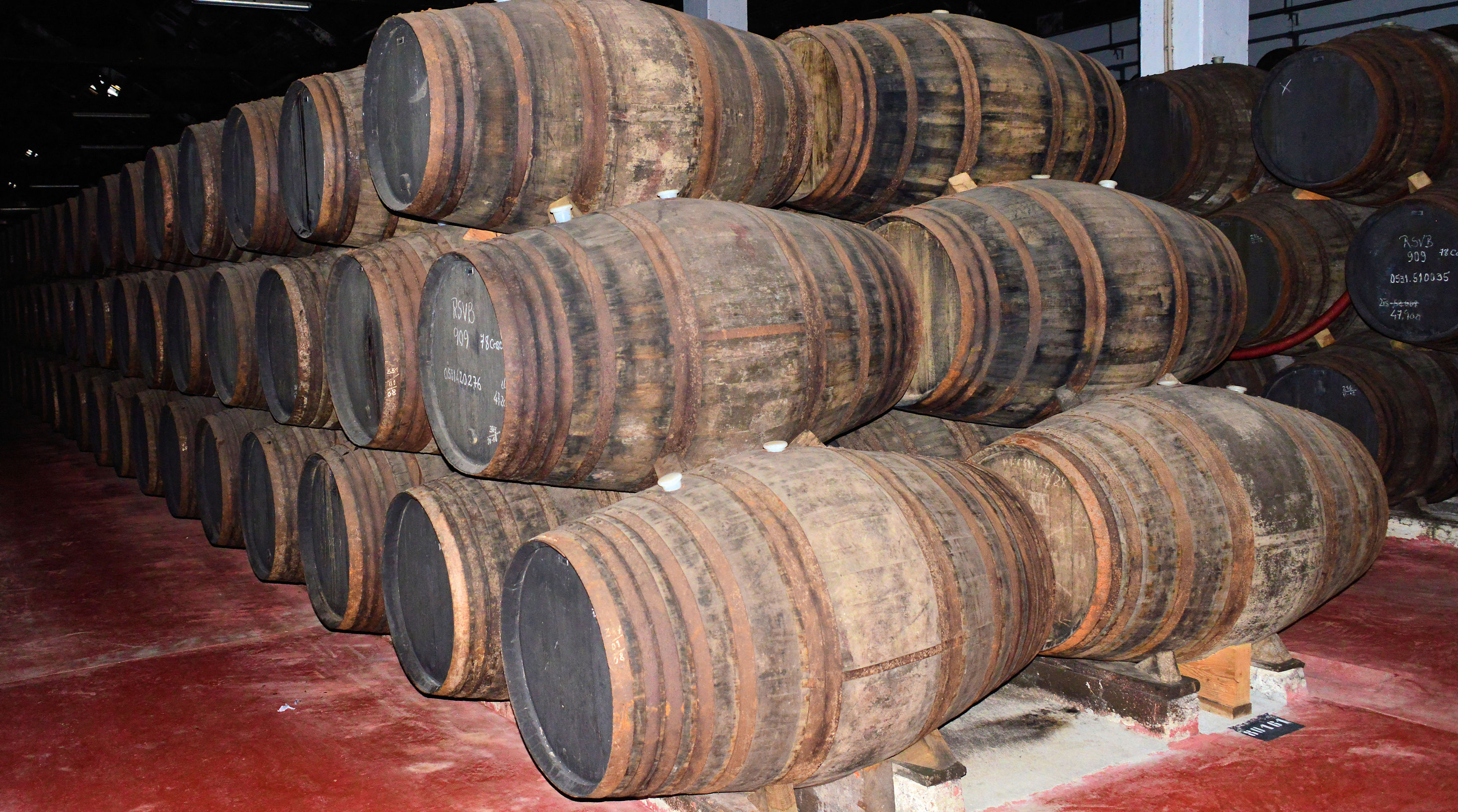Quinta do Cachão is one of the lesser known Quintas of the Douro Valley – but if history would have been slightly different, this could have become one of the most famous Quintas. When the disease Phylloxera struck, nearly all wine production in the Douro Valley came to a stop – until it was discovered that grafting American root-stocks with European Vines was the solution to that problem.
Today, Quinta do Noval is famous for its “Nacional” – the only Port Wine that is made from vines with European root-stocks. While Quinta do Cachão was impacted by phylloxera, there was a large part of the Quinta that was able to withstand this little insect and to continue to produce wine. The Viscone Vilarinho de Sao Romão, who was an important figure in the fight against phylloxera, wrote in 1896 very highly about the Quinta do Cachão and how it was able to continue to produce wines on national root-stocks (but even so the production of the Quinta dropped from 70-80 pipas in the 1860s to just 15 due to phylloxera). I don’t know what happened to that specific parcel of the Quinta – but if they would have been able to produce wine based on pure Portuguese root-stocks, then Quinta do Noval’s Nacional wouldn’t be unique and Quinta do Cachão would be quite famous.
For a Douro-Valley perspective, the Quinta was built very late – the Quinta was planted only in 1846. The problem were huge rocks in the river Douro – these blocks made it impossible to transport wine from the Quinta towards Porto by boat.
The solution for the problem happened between 1780 and 1791 – it took 11 years to remove the rocky obstacles and to enable boats to navigate the Douro River in its full length. But even then it took half a century more put the hills in the Douro Valley to good use… It was the Barão do Seixo who started the planting of wines; later he sold the Quinta do Afonso Cabral. It was the son of Afonso Cabral – Afonso do Vale Pereira Cabral – that would run the Quinta for over half a century, from 1881 until his death in 1946. While he had originally done an amazing job to take care of the property and wines, the Quinta was in not a good state when today’s owner MESSIAS bought the place in 1956.
They replanted the whole Quinta and then there was still some money left to buy the small neighbor property Quinta do Rei (which is now part of Quinta do Cachão). In fact it was kind of a “reverse take-over” – while Quinta do Rei was much smaller than Quinta do Cachão, it is now the more important part of the operation. This is were all the actions happen… the grapes are delivered to this vinification center, were they are processed. The building is at the end of a small side-arm of the river Douro and not well visible from the river. Some of the table wines are also stored here – but the much larger amount, the Port Wines, are stored in the beautiful old building of the Quinta do Cachão by the side of the river. It’s a beautiful business card of the Messias Group – a very simple but just beautiful structure that greets the trains when they are passing it on the other side of the river. Old stones and wooden beams give it a nearly “romantic” atmosphere – another of those places in the Douro Valley where it feels that the time is standing still and we expect Barão Forrester to show up any moment, as everything still has a 19th century flair around it. By the way: it was close by that the Barão Forrester died, just a few hundred yards away.
The Quinta has a combined size of roughly 200 hectares – but “only” 110 of those are planted with wine. While this makes it already one of the larger Quintas in the Douro Valley, MESSIAS needs much more wine than it produces – and so they buy grapes from roughly 200 small growers. The Quinta gives it names to a red table wine and in the past we saw several Single Quinta Vintage Ports from this place.
While the Quinta is not open to the public in general, you might get an invite to a tour if you ask politely.
Contact details:
Address: Ferradosa
Phone: (+351) 231 200 970 (Monday to Friday, 9am to 1pm and 2pm to 6pm)
Email: mail@cavesmessias.pt
Webpage: http://www.cavesmessias.pt
